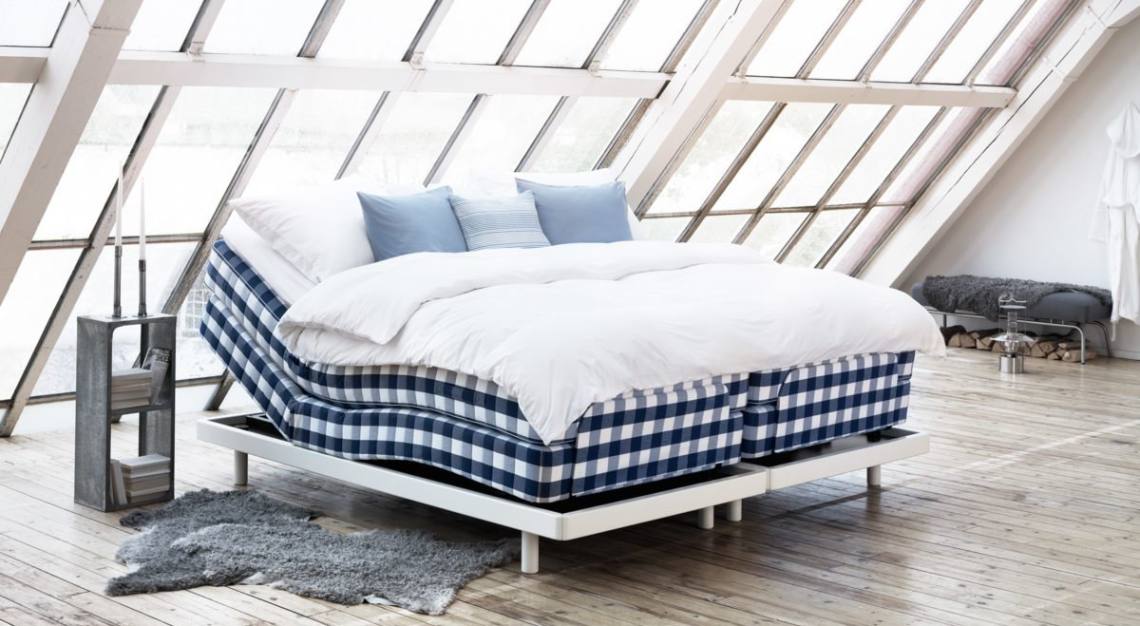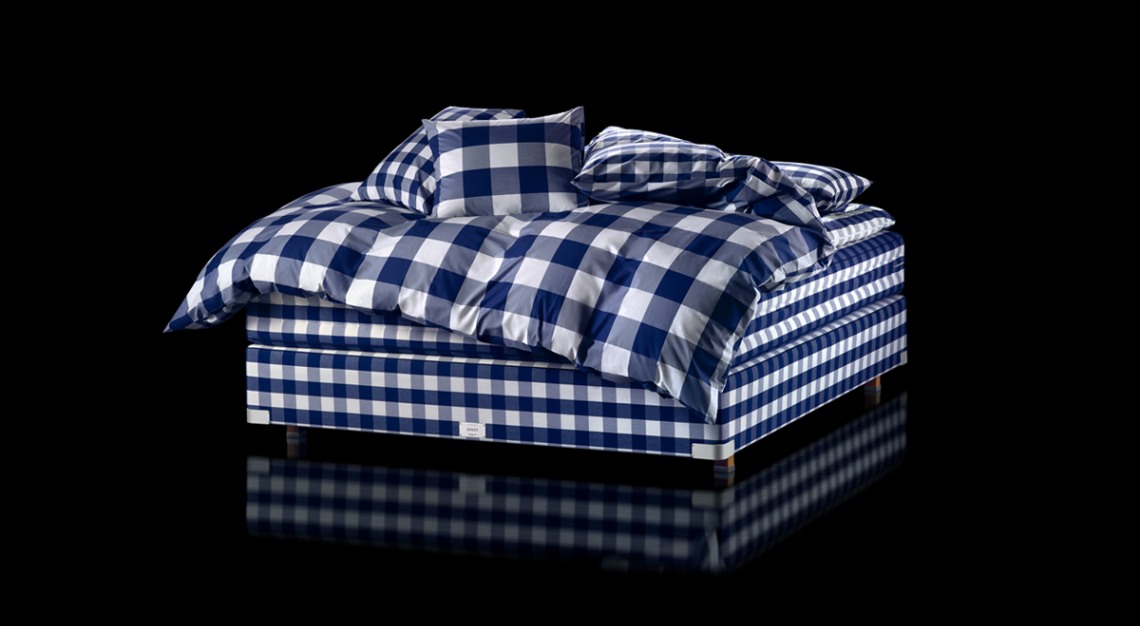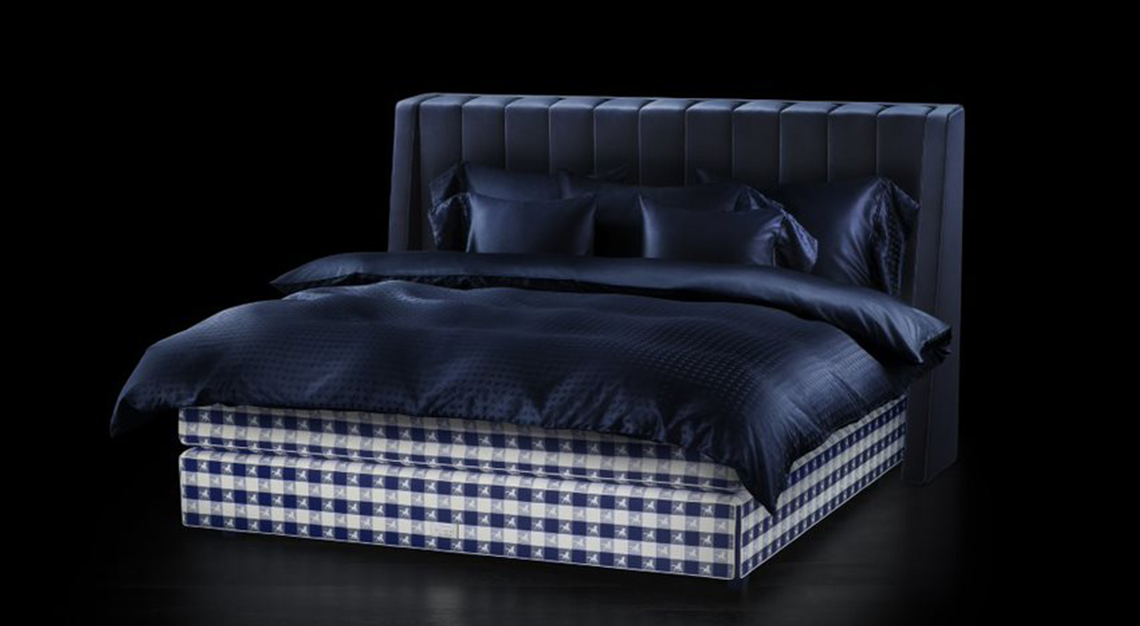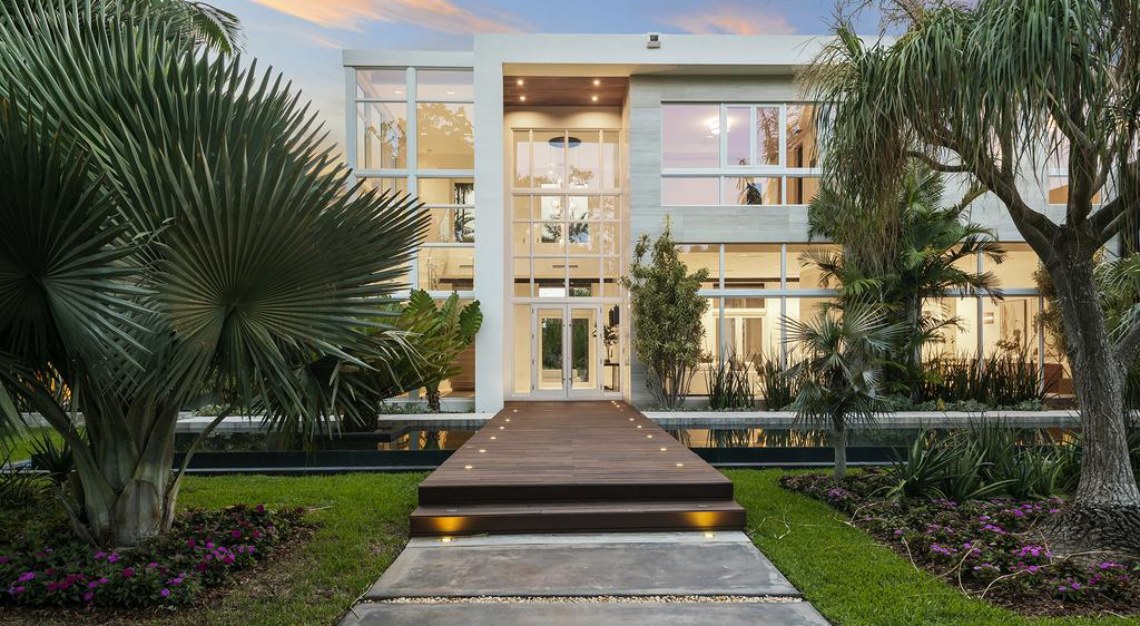Hästens still makes mattresses the old way, while start-ups say they can be made of layered foam and come in a box
Shopping for a mattress can be enough to make you need to lay down. A vast array of seemingly identical products, despite the broad price range; the promise of quality components you can’t see; the self-consciousness of ineffectively trying them out in the middle of a store. It’s no surprise, then, that people typically replace their tired mattress only every 12 years. And yet, a change of heart it seems. We’re doing more of it – last year the global mattress market was worth a staggering US$39 billion (S$52.9 billion).
Why so? There’s one claim that we’re all newly sleep-aware, getting our eight hours having become the latest health push for a 24/7, phone-addicted society. Mattresses fit in with the zeitgeisty demand for sleep monitors, sleep aids and sleep coaches. There’s an Arianna Huffington and Tim Cook-led backlash against the sleep-is-for-losers attitude until recently prevalent in many boardrooms.
“There’s been a generational shift – in attitudes to food, to fitness, and now finally to sleep,” says Jan Ryde, fifth generation managing director of the 165-year-old Swedish family company Hästens, makers of traditional mattresses of the kind favoured by upscale hotels, and royalty both Hollywood and real. “This sleep awareness is only just starting too, and that’s making for big changes in how people consider the mattress they sleep on, much like they consider the nutrition in what they eat.”
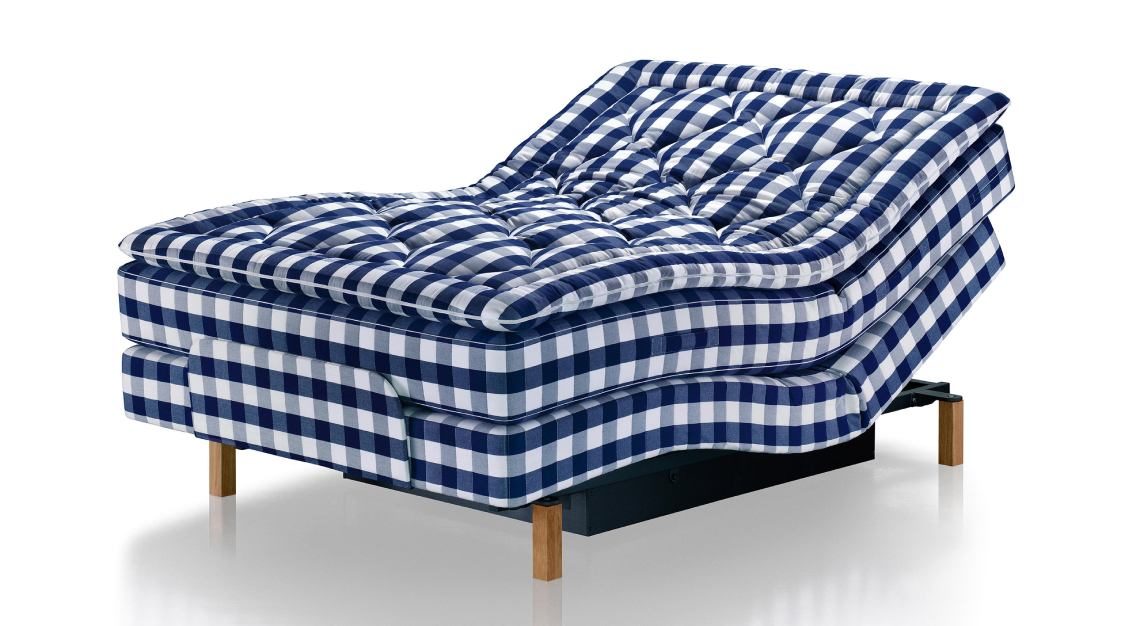
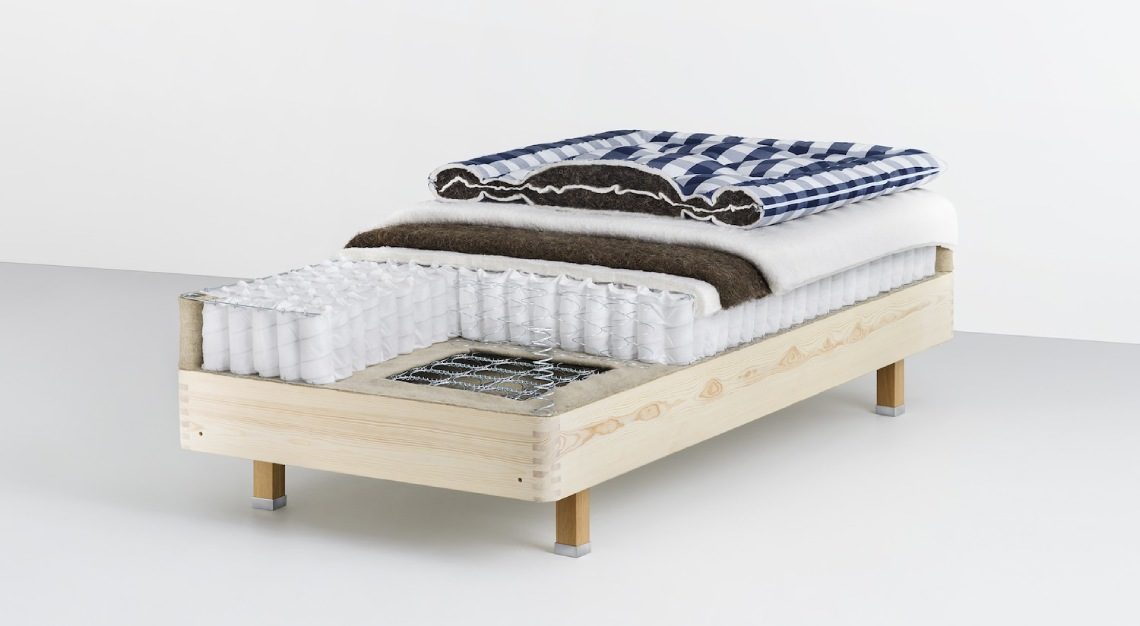
But it’s also because a huge online sector has sprung up claiming to do away with all that is frustrating in mattress shopping. Brands with cosy names the likes of Casper from the US, Emma from Germany, and Simba and Eve Sleep from the UK are thinking more like tech start-ups and positioning themselves as something akin to Apple for the exhausted, with slick ads and a product that’s more design-focused.
These so-called ‘mattress in a box’ companies claim better value for money too, by manufacturing on demand, doing away with expensive real estate, operating a direct to customer set-up and offering free returns up to 100 days after purchase. And it seems to be working, shaking up the market: from almost zero five years ago, mattress sales direct to consumers already account for close to a quarter of sales.
“Historically, consumers have had low interest in buying a mattress at all,” suggests James Sturrock, managing director of Eve Sleep, a three-year-old start-up. “But by improving the product, the way it looks, the way it’s sold and by creating brands that are in some way cool, mattresses are the kind of thing people are talking about down the pub now.”
Of course, to deliver a mattress in a box you have to be able to squeeze it down into a portable package, which, for most of their products, these companies do so without the bulky springs that form the backbone of a traditional mattress. If advances in vacuum packing are helping with the deliveries, more so are supposed advances in foam technology – aerated cold foam, viscoelastic memory foam, anti-bacterial foam and breathable, pressure-distributing foam come together in a foamy sandwich construction.
That all sounds suitably 21st century, but not everyone is convinced. Might proper support be being sacrificed for the business advantage of not having to operate showrooms? Ryde argues that there’s still nothing to top a heavyweight, fully sprung mattress. But then its entry-level mattress is around S$ 13,600. Its top-of-the-range model – including the bed – will set you back around S$223,300. It does come with a 25 year guarantee, mind you.
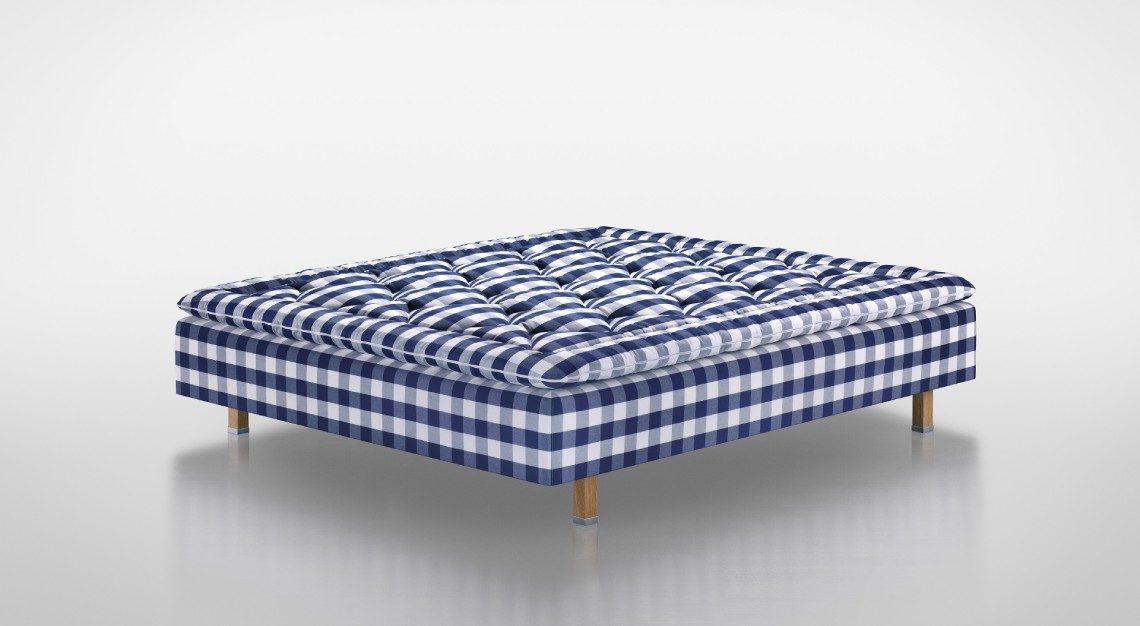
“It’s not natural for the sake of it,” says Ryde. “If a new material became available and allowed clear advantages, we’d use it. But nothing has become available to top natural materials so far. It’s what you don’t notice about a mattress that really counts – that it’s still, quiet, supportive and maintains the right climate.” Temperature is a typically overlooked factor in getting to sleep, he says. “So we use flax, wool, cotton and horse hair, for example, because it doesn’t just last longer, or dispel static electricity, but because it’s naturally wicking and the most effective material for circulating air. All those foams are really just about making beds cheaper and more easily.”
Yet high-end furniture – another product that we used to be reluctant to buy without trying – looks to be going the same way. There’s even talk of mattresses being cool. This helps explain why, in an industry that has typically spent just 2.7 per cent of revenue on promotion, 43 per cent of Simba’s entire workforce, for example, is dedicated to sales and marketing.
Naturally, Ryde suggests there’s a gap between image and substance. In contrast, Hästens doesn’t sell online at all. It has some 15 own stores and 200 plus partners around the world, but more or less insists that customers have advice and try before they buy. And that hasn’t stopped Hästens generating a turnover of 800-metre Swedish Krona. The mattress market, it seems, perhaps inevitably, is increasingly polarised.
Not that Hästens hasn’t benefited from a refocusing too. It updates its mattresses every other year, less with new materials as in the way they are layered. “There is this long-held idea that what counts is the springs, but that is like saying what counts about a car is the wheels – they’re important, of course, but only in combination with many other factors,” says Ryde. “We’ve learned that by constant experimentation with layering we can improve support but also flexibility, for example. And improve longevity. People want things to last, and that’s no less true of their mattress.”
